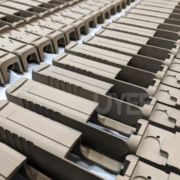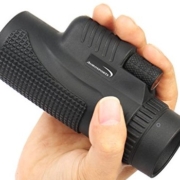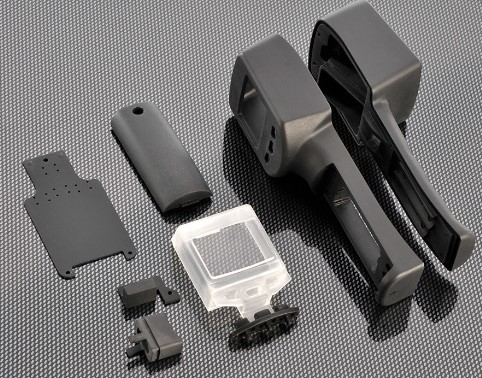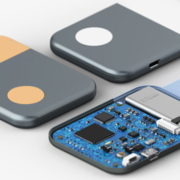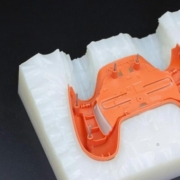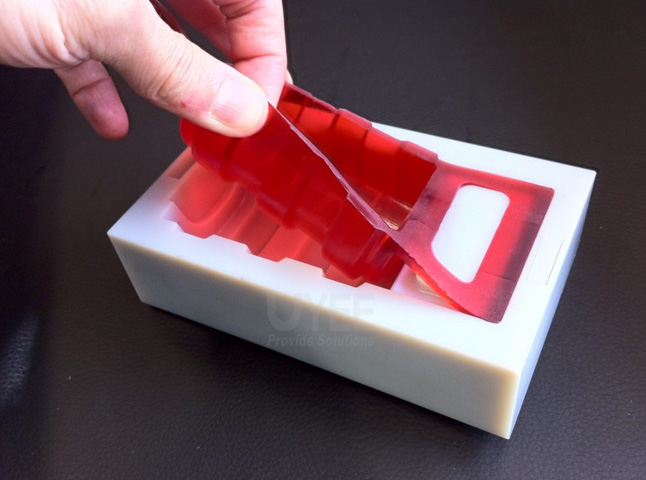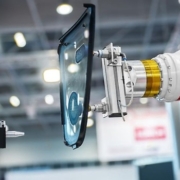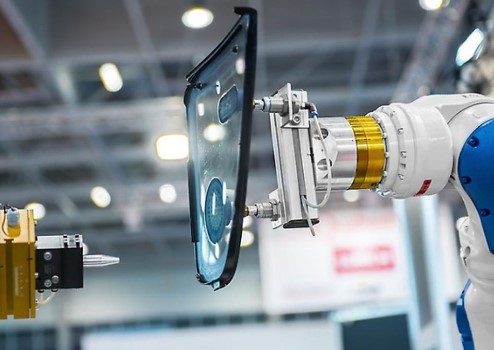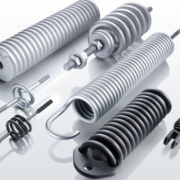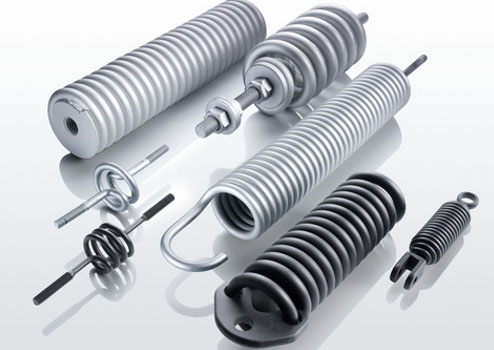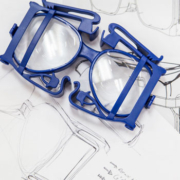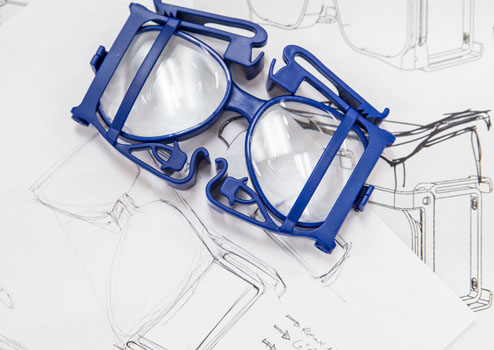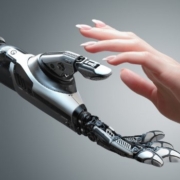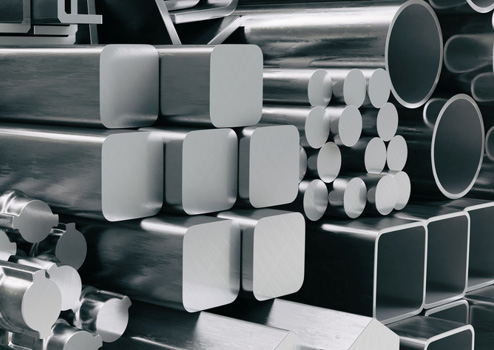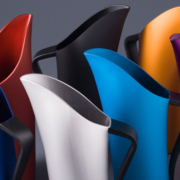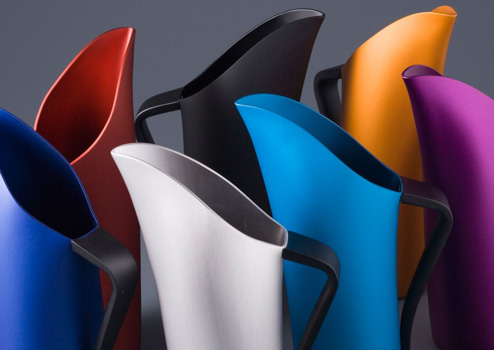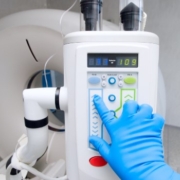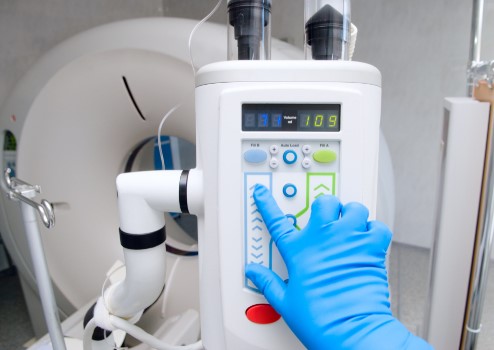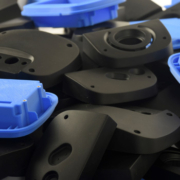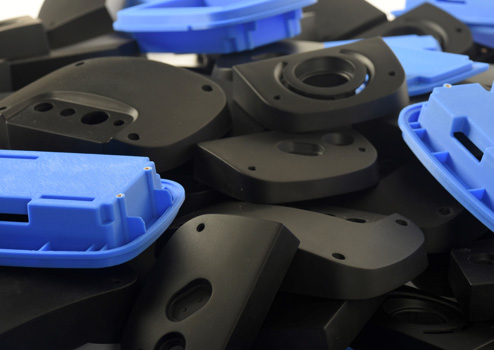Powder Coating Guide:You Have Not Known Yet
Powder coating is the process of applying a protective coating to metal surfaces. It’s often related to rapid prototyping and mass production. This process involves the application of a thin, powdered layer of paint that is electrostatically charged. The coated part is then heated to 400 degrees Fahrenheit. This thermal exposure changes the color from a flat, velvety texture to a smooth, mirror-like sheen. The electrical field used in the coating application causes the particles to become chemically bound to the surface of the metal.
What is the powder coating?
Powder Coating is a highly durable finish for metal parts. This application comes in many colors, finishes, and textures. The final finish is typically glossy, matte, or a combination of these. It can be applied in multiple layers for different effects. In addition to being durable, powder coatings are also aesthetically pleasing. Here are a few of the most common types of coatings and how they can benefit you. They offer high-quality protection for a variety of applications.
The process of applying powder coatings begins with preparing the surface to be coated. The part is cleaned to remove any contaminants, such as oil or grease. Then, a chemical solution is applied to the parts. After the part is clean, it is then treated with a transition metal or iron phosphate product. This process is done in a series of spray chambers, each containing a different type of conversion coating. During each step, the parts undergo a rinse to remove excess chemicals.
The surface must be clean and treated before applying a powder coating. Any deposits or residues on the surface can impact the coating’s adhesion and finish. Various preparation steps are required for a proper application. These steps depend on the type of material being coated. Common preparation methods include cleaning, etching, and rinsing. Several equipment is required for this process, including a blast room and a dry-off oven.
How is the powder coating formed?
There are many different types of mechanical pretreatment. Mechanical cleaning is an excellent method for removing inorganic contaminants. High-velocity air is driven at a steel shot or grit to create an anchor pattern. The anchor pattern increases the adhesion of the powder coating. Besides improving the adhesion, mechanical cleaning also helps in removing existing finishes. It is a fast, effective, and cost-effective solution for preparing a substrate for powder coating.
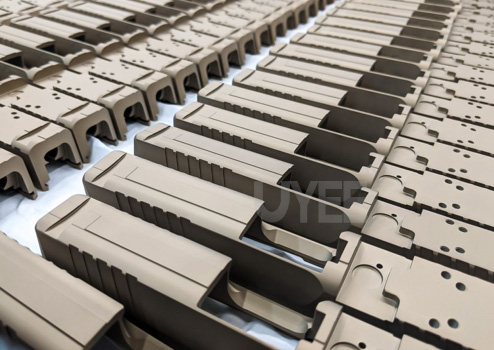
While powder coating is a popular finishing option for customized parts, it is not a low-cost option. The quality of the finish depends on the amount of surface preparation. In some cases, the original coating can interfere with the adhesion of the new coating. Therefore, it is important to remove the original coating before applying the powder. If the original coating isn’t removed completely, the new coating will not adhere as well. This depends on how well the new coating adheres to the product surface.
The applications of the powder coating
A powder coating is a good option for a variety of manufacturing applications. Its advantages include the durability and color. It also offers great versatility and allows for customization. The process of applying a powder coating has many advantages and disadvantages. It is vital to follow the instructions carefully to achieve optimal results. It is important to know that it is not easy to control the thickness of the finish. That can cause problems with the overall look of the surface.
Powder coating is a durable and non-toxic finish. The powder material is cured in an oven. During the process, air is pushed through the powder and shifts toward the component. This process provides a hard and scratch-resistant finish. Some automobiles are also fully powder color coated. However, it is important to ensure that the final product meets the specifications. Some manufacturers choose to paint the components before applying the coating. This is because this process ensures the quality of the finished product.
The process of powder coating
The process of powder coating requires the preparation of the surface to be coated. Prior to the application of the coating, the surface must be thoroughly cleaned of dirt, oil, grease, and other materials. The presence of these impurities will compromise the quality of the finish. Preparation steps will vary depending on the material being coated. However, common preparation procedures include cleaning, rinsing, etching, and sandblasting. Blast rooms and dry-off ovens are commonly used for this process.
The process of powder coating starts with pretreatment of the parts. The purpose of this step is to ensure that the parts are clean and free from contaminants. Chemical pretreatment takes place in a series of spray chambers. Next, the parts are cleaned with an acidic, alkaline, or neutral-based cleaning solution. Lastly, the parts are surface-treated with conversion coatings – zirconium oxide or iron phosphate products. After this, the parts undergo a rinse stage.
The powder coating process is an application of paint that mainly applies to metal surfaces. It is also possible to apply the coating to non-metal surfaces. The range of materials that can be applied to powder-coated parts is limited by the high-temperatures required to melt the coating and cure the paint. This can cause melting, deformation, or burning, so it is necessary to select materials that can withstand these high temperatures.
The bottom line
Electrostatic powder adheres to the part for a short period of time. It does not stand up to shocks, vibration, or wind, so it is not recommended for outdoor applications. It also has the potential to cause allergic reactions, so it is important to be aware of these risks before starting your Powder Coating project. For example, a poor finish can damage the surface of the part. If you want to make sure that your products are safe, consider electrostatic coating.

